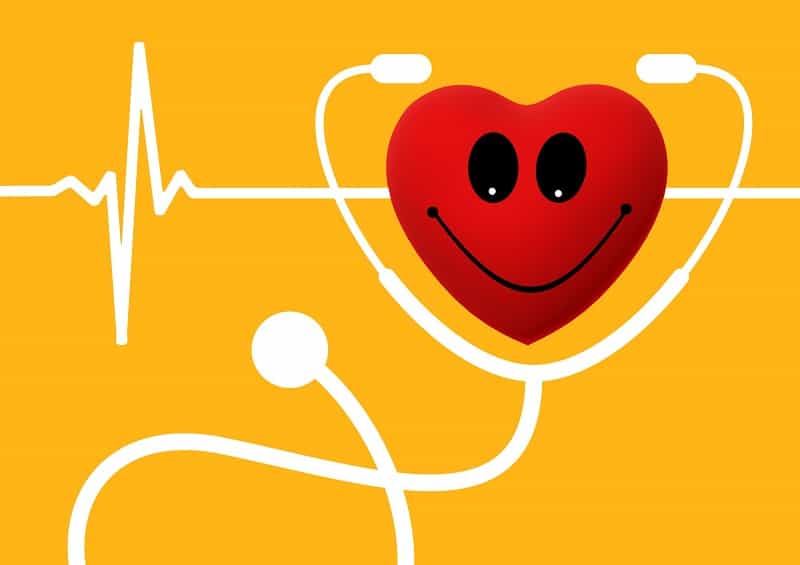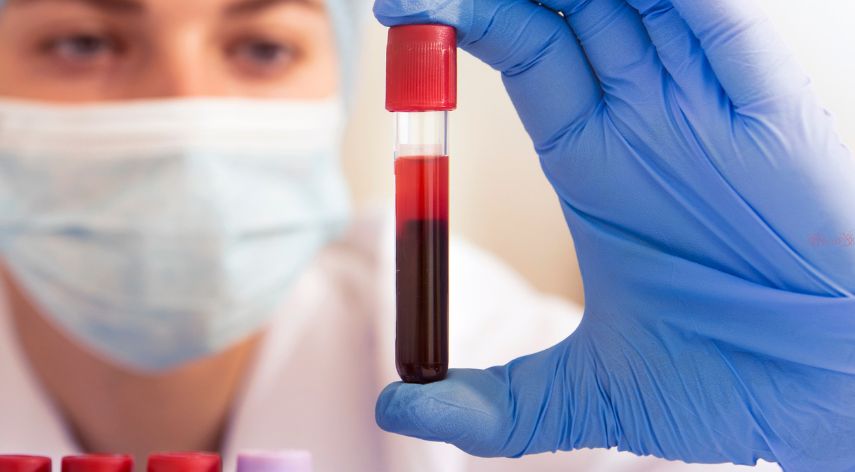What Are the Different Types of Vascular Disease That Exist Today?

Cardiovascular disease is the world’s biggest killer. In the US alone, 659,000 people die from heart disease every year. This includes vascular diseases such as coronary artery disease.
Millions of people in the US are currently living with some form of vascular disease. They affect the blood vessels in the body, from major arteries down to tiny capillaries. The very systems that we rely on to keep us in optimal health.
Having a better understanding of the different types of vascular disease can help you to take preventative measures. Let’s explore some of the most common types and what you can do to lower your risk.
Table of Contents
ToggleCommon Vascular Issues
The term vascular refers to our blood vessels – veins, arteries, and capillaries. This network of vessels forms the plumbing of our body. They carry oxygen and nutrients to all of our cells and remove waste products.
Problems occur when they get narrowed or blocked and the blood flow slows down. The healthcare industry has come up with various treatments that can treat, but not cure, vascular disease. These include medications, non-surgical procedures, and full-blown surgery in some cases.
Specific Types of Vascular Disease
Vascular diseases tend to affect veins or arteries in specific parts of the body. Some are inconvenient and uncomfortable, whereas others can be life-threatening if left untreated.
Peripheral Artery Disease (PAD)
Peripheral Artery Disease (PAD) affects the arteries in the arms and legs. It occurs when a substance called plaque builds up in your arteries. It is made up of deposits of fat, waste products from cells, cholesterol, and fibrin. This slows the flow of blood through the arteries.
In time, this can lead to the limbs being starved of oxygen and nutrients. If untreated, the cells become damaged, and gangrene can set in. The feet and toes are the most commonly affected areas.
Sadly, around 150,000 patients in the United States undergo a lower extremity amputation each year. Many of these result from PAD.
People aged 50 or over, African American people, and those with a family history of cardiovascular disease are at the highest risk. Lifestyle factors such as using tobacco and obesity also raise your risk of developing PAD.
The latest and best PAD treatment aims to reduce the need for amputations. It uses minimally invasive approaches to remove plaque and widen arteries.
Coronary Artery Disease
The heart is responsible for pumping oxygenated blood around the body. But it doesn’t actually benefit from the blood that passes through the ventricles.
Instead, it has its own blood supply, brought to it via the coronary arteries. These arteries are vital to life as they supply the oxygenated blood and nutrients that keep the heart beating.
Blockages can occur when plaque builds up in these arteries. Plaque doesn’t just slow down the flow of blood in the arteries. It also causes the artery walls to become less elastic.
When the blood supply to the heart is reduced, you can get chest pain known as angina. This increases your risk of having a heart attack.
It’s not possible to avoid coronary artery disease. Everyone gets it, it just develops at different rates in different people. Although genetic factors play a part, there are things you can do to keep your vascular health as good as possible.
This includes reducing risk factors by:
- Quitting smoking
- Reducing alcohol intake
- Increasing activity levels.
Diet also plays a big part. The Mediterranean diet and the DASH diet, which is an anti-hypertension diet, can both help to reduce your risk.
Intestinal Ischemic Syndromes
Our gastrointestinal system is supplied with blood by three arteries. The superior mesenteric artery, the inferior mesenteric artery, and the abdominal aorta. When these blood vessels get blocked, you can develop an intestinal ischemic syndrome.
These syndromes are usually caused by a buildup of plaque. They can also happen when blood clots or aneurysms disrupt the blood flow to the intestines.
They typically happen to people aged over 60, but you can get them at any age. Acute mesenteric ischemia is a potentially life-threatening illness. If the tissues of the intestines are deprived of oxygen for too long, they can die.
Urgent surgery will be needed to save the person’s life. But there is also a long-term condition, known as chronic mesenteric ischemia, that can cause gastric problems. These include pain after eating, weight loss, nausea, constipation, and diarrhea.
Risk factors include smoking, obesity, hypertension, high cholesterol, and diabetes. Any steps that you can take to address these risk factors will improve your vascular health and wellbeing.
Venous Diseases
There are also many diseases that affect the veins. Veins return deoxygenated blood back to the lungs to be reoxygenated. They have a complex system of one-way valves, and our muscles help to keep the blood flowing in the right direction.
Some of the most well-known venous diseases include spider veins and varicose veins. They are unsightly and varicose veins can develop complications. These include ulcers and deep vein thrombosis, which can be fatal.
The medical industry has developed various treatments for varicose veins. It is possible for them to come back though.
Another common condition is chronic venous insufficiency (CVI). It is common in people over 50, especially women. In this condition, the valves in the veins become damaged and allow the blood to flow backward.
It can cause swelling and aching in the legs and cause the skin to become flaky and itchy.
Preventing and Treating Vascular Disease
Vascular disease is something that all of us are likely to encounter at some point in our lives. Although there are many types and they affect different parts of the body, the general advice is the same. To lower your risk, eat a healthy diet, exercise, and quit smoking.
Controlling hypertension and diabetes is also important to keep you in optimal health. If you are diagnosed with one of these conditions, the healthcare industry has a range of effective treatments.
If you’ve enjoyed this article, learn more about how the body works in our Health section today!
Alice Christina, a seasoned health writer, combines her passion for wellness with a strong foundation in evidence-based research. She crafts insightful content that empowers readers to make informed health decisions. Alice's expertise shines through her concise and reliable health articles.
Recommended For You
Spread the loveIn today’s fast-paced world, managing your health effectively is more important than ever – especially for those of
Spread the loveThe EGFR blood test is an important way to check how well the kidneys are working. It checks
Spread the loveThe AST blood test , also known as the aspartate aminotransferase or aspartate amino test , is a




